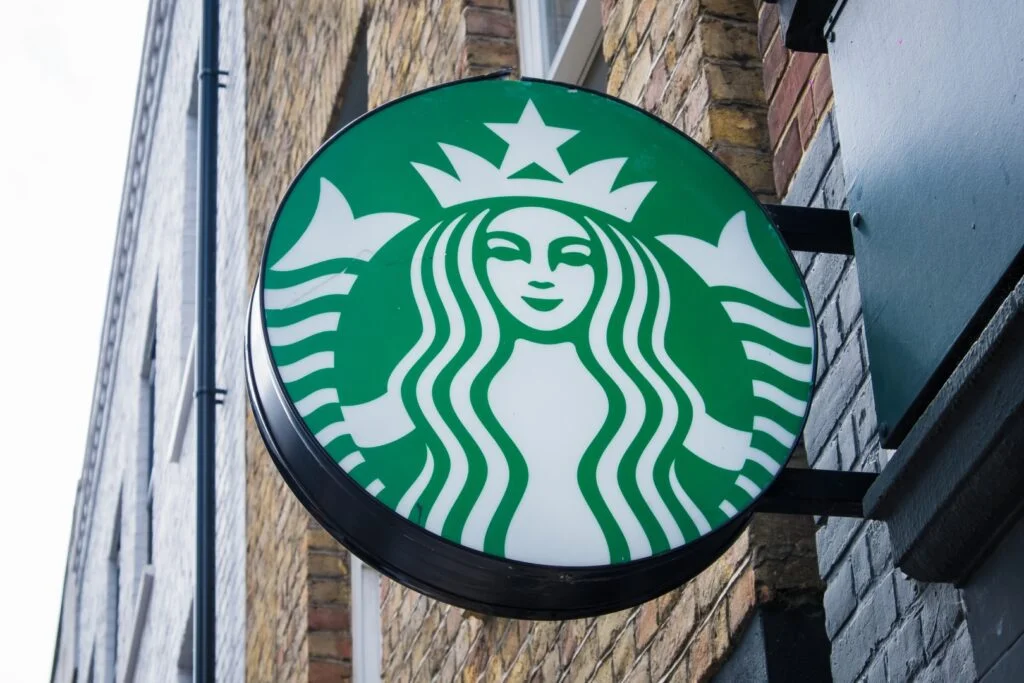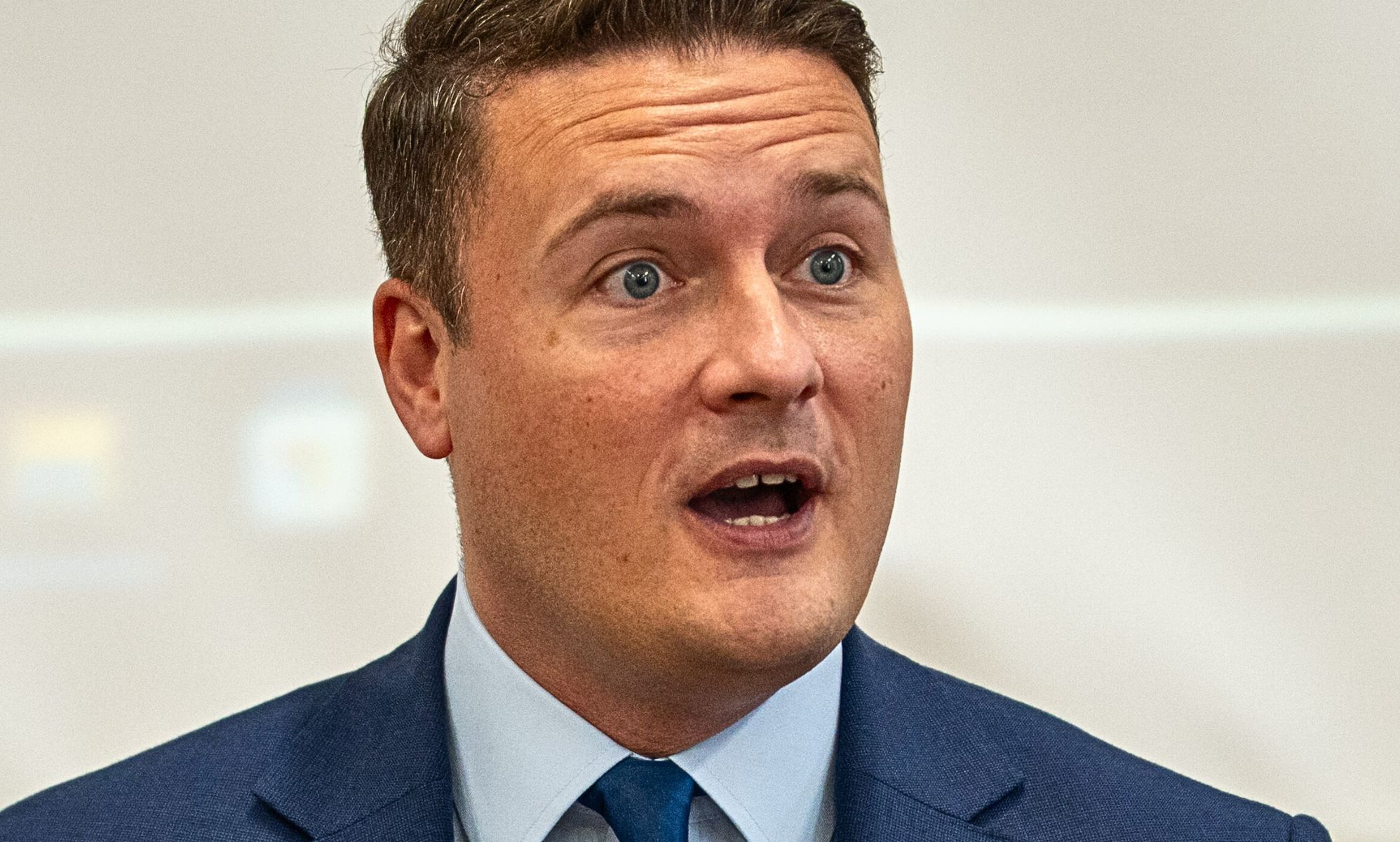Starbucks CEO Brian Niccol Bets Big On Health Trends, Doubling Down On Protein, Gluten-Free Options To Match Premium Coffee Experience

Starbucks Corp. SBUX is shifting its food strategy to appeal to health-conscious consumers, expanding protein and gluten-free options while emphasizing artisanal, premium offerings.
Starbucks To Launch Protein Cold Foam, High-Protein Beverages
Last week, at Fast Company’s Innovation Festival, CEO Brian Niccol outlined plans to “reimagine all of our baked items” and create “much more artisanal” foods to complement Starbucks’ coffee.
“I do believe our food needs to match the craft of our coffee,” Niccol said.
Later this year, Starbucks will introduce a protein cold foam containing 15–18 grams of protein, reflecting growing consumer interest in high-protein drinks, as reported by Fortune.
Niccol observed that many customers were already bringing protein powders or beverages into stores, highlighting demand: “In some cases, they pull their own protein powder out of their bag, or in other cases, they have a protein drink, like a Fair Life, and they’d pour that into their drink.”
Expanding Gluten-Free Menu Amid Health-Conscious Consumer Boom
Starbucks is also increasing its gluten-free offerings, tapping into a market expected to more than double from $7.4 billion in 2024 to $15.4 billion by 2032.
The move aligns with a broader shift toward health-conscious diets, which extend beyond celiac or gluten-intolerant consumers, especially among millennials and Gen Z.
See Also: Nvidia’s Reign At Risk? Dylan Patel Says Google’s TPU, Amazon’s Trainium Could Outshine GPUs If Sold To Public
US Coffee Prices Spike Amid Weather Disruptions, Tariffs
Coffee prices in the U.S. saw a significant increase, with retail coffee prices rising nearly 21% in August compared to the same month the previous year, marking the largest annual jump since October 1997.
On a monthly basis, prices surged 4%, the highest in 14 years, according to the latest Consumer Price Index. Global coffee prices had reached near a 50-year high in February, with Arabica “C price” exceeding $4 per pound for the first time.
The surge was attributed to unstable weather conditions, which reduced crop harvests in major coffee-producing countries like Brazil and Vietnam.
A severe drought in Brazil had devastated the harvest, while Vietnam experienced a 20% drop in coffee production in 2024 due to droughts and heavy rainstorms.
Trump-era tariffs also contributed to the price pressure. A 10% tariff on green coffee beans and a 50% tariff on imports from Brazil forced buyers to absorb higher costs, pass them on to consumers, or source coffee from other countries such as Colombia, Peru, or Mexico.
Read Next:
Tesla Cybertruck Underperformed In The US: Will The International Launch Be Different?
Disclaimer: This content was partially produced with the help of AI tools and was reviewed and published by Benzinga editors.
Photo courtesy: Cloudy Design/Shutterstock



